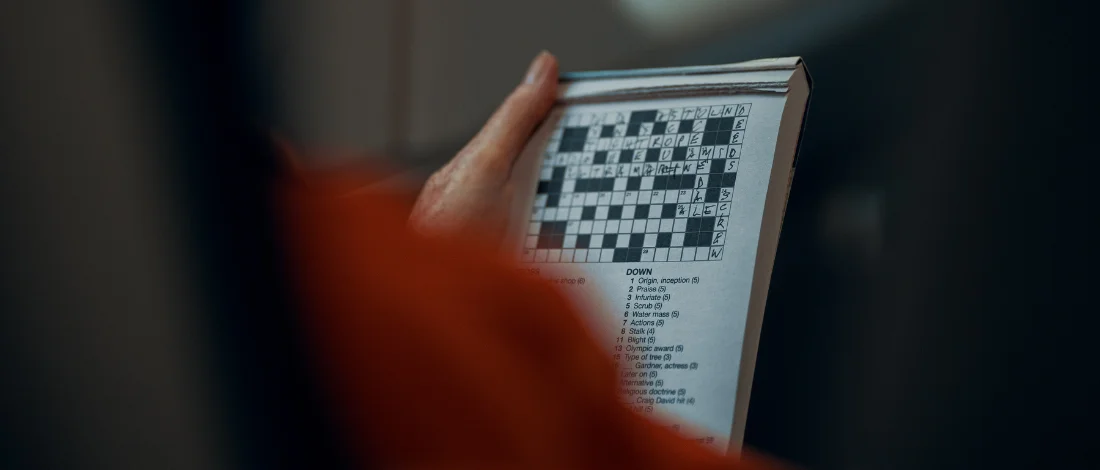Introduction
Cryptic crosswords, those enigmatic puzzles that both frustrate and delight avid wordsmiths, have been captivating puzzle enthusiasts for decades.
Unlike regular crosswords, cryptic crosswords present a whole new level of challenge with their cunning wordplay and cunning clues.
In this article, we will delve into the art of decoding cryptic crossword clues, uncovering the secrets behind these brain-teasers, and equipping you with the knowledge to conquer them with flair and finesse.
I. The Hidden Language of Cryptic Clues
To the uninitiated, cryptic crossword clues might seem like they're written in a foreign language. However, beneath their cryptic surface, there's a well-established set of rules and conventions.
Understanding the key elements of a cryptic clue is the first step toward deciphering its mysteries.
The Definition - Your North Star
At the heart of every cryptic clue lies a straightforward definition of the answer. It might be placed at the beginning, middle, or end of the clue, and it will guide you toward the solution.
Separating the definition from the rest of the clue is an essential skill to hone.
The Wordplay - Unraveling the Puzzle
The real challenge in cryptic crosswords lies in the clever wordplay used to disguise the answer.
Cryptic clues often employ various devices such as anagrams, hidden words, charades, and containers to obfuscate the solution. Understanding these devices is akin to unlocking the secret code of the crossword.
II. Deciphering Common Cryptic Clue Devices
Anagrams - Mix and Match
Anagrams are a favorite tool of crossword setters. They involve rearranging the letters of one or more words to form the solution.
Look out for indicators like "mixed," "scrambled," or "confused" to identify potential anagrams in the clue.
Example: "Upset, sir? (6)" - The answer is "purist," which is an anagram of "upset, sir."
Hidden Words - Concealed Gems

Hidden word clues conceal the answer within the clue itself. A word or phrase embedded within the clue indicates the solution's location. Keep an eye out for indicators like "within," "part of," or "inside."
Example: "Central place for spies (5)" - The answer is "agent," hidden within "central."
Charades - Piece by Piece
In charade clues, the solution is broken down into separate parts that are clued individually. Each component leads to a word that, when combined, forms the final answer.
Example: "Playful + feline = domestic pet (7)" - The answer is "kittens," combining "playful" and "feline."
Containers - Within the Box
Container clues involve placing a word or words inside another word to form the solution. Look for words like "around," "within," or "in" to spot container clues.
Example: "Vessel carrying books (4)" - The answer is "ship," with "books" contained within it.
III. Tackling Advanced Cryptic Clue Techniques
Double Definitions - Two Paths to the Answer
Some clues offer two distinct definitions for the same answer, challenging your wordplay abilities even further.
Example: "Significant + noticeable (4)" - The answer is "mark," which can mean both "significant" and "noticeable."
Reversals - A Turnaround Challenge
Reversal clues ask you to reverse the letters of a word to find the solution.
Example: "Backwards planet (5)" - The answer is "neptune," spelled backward.
Conclusion
Cryptic crosswords are an intellectually stimulating pastime that rewards those who embrace the challenge. You'll be better equipped to navigate these brain-teasers by understanding the language of cryptic clues and the common devices employed.
With practice, patience, and a keen eye for wordplay, you'll soon find yourself conquering these puzzles with confidence and a sense of accomplishment. So, sharpen your pencils and dive into the wonderful world of cryptic crosswords - the journey to unraveling their secrets awaits!




